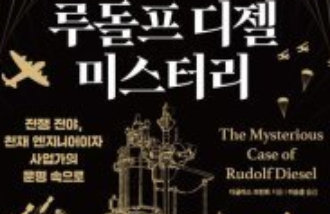Sungnyemuns Restoration
The evening of Feb. 10, 2008 will live in infamy in Korean history. Sungnyemun, a historic and iconic gate in the heart of Seoul designated National Treasure No. 1, was set ablaze that fateful night. Koreans watching the incident hoped for the fire to be soon put out, but could do nothing as the gates tablet fell to the ground and the second-floor pavilion collapsed. Public frustration turned into fury when the arsonist who set fire to the gate said he did it because of anger over a smaller-than-expected compensation from the government for land redevelopment.
For a country to prosper, public order must be maintained. Confucianism stresses the peoples observance of the five cardinal virtues of benevolence, justice, politeness, wisdom and fidelity. The founder and first king of the Joseon Dynasty, Yi Seong-gye, built four gates and a belfry named after the five virtues. Sungnyemun survived numerous wars, foreign invasions and disturbances over 610 years, lasting longer than the Joseon Dynastys 505 years. Yet the main gate to the Joseon capital was destroyed by a Korean.
Japanese and European castles look imposing with big rocks and surrounded by deep moats around their perimeters. Koreans moved behind walled castles to fight in times of war, so they did not have to build strong castles on flat ground. Hanyang, Seouls former name, had a rare soft-looking castle whose main role was to provide a space for politics and living.
When the gate was ablaze two years ago, Japanese dailies carried the news on their front pages, reflecting Sungnyemuns symbolic importance. Restoration work that began yesterday will reuse materials unaffected by the fire. Those that were irrevocably burned will be replaced by materials made of domestic pinewood. A blacksmith shop will be set up to produce the same nails and hinges as those made in the Joseon Dynasty. The Cultural Heritage Administration of Korea will also restore several walls linked to Sungnyemun, while the Seoul Metropolitan Government will rebuild Dongeuimun in western Seoul. The main keeps of Japans Osaka and Kumamoto castles have been reconstructed recently, attracting a great number of tourists. Hopefully, the rebuilt Sungnyemun and its walls will also turn into a tourist attraction and gain World Heritage status. This is how Koreans can rebuild their pride.
Editorial Writer Lee Jeong-hoon (hoon@donga.com)



![장마당서 옷 팔던 北처녀, 인사동 개인전 열기까지[주성하의 북에서 온 이웃]](https://dimg.donga.com/c/138/175/90/1/wps/NEWS/IMAGE/2025/12/05/132901507.1.jpg)

![병원비 50만 원, 조리원비 5000만 원…‘조리원 호캉스’ 시대 [이미지의 포에버 육아]](https://dimg.donga.com/c/138/175/90/1/wps/NEWS/IMAGE/2025/12/07/132913944.1.jpg)
![전셋집 보일러 고장 났다면 수리비는 집주인 몫[부동산 빨간펜]](https://dimg.donga.com/c/138/175/90/1/wps/NEWS/IMAGE/2025/12/04/132901947.1.jpg)
